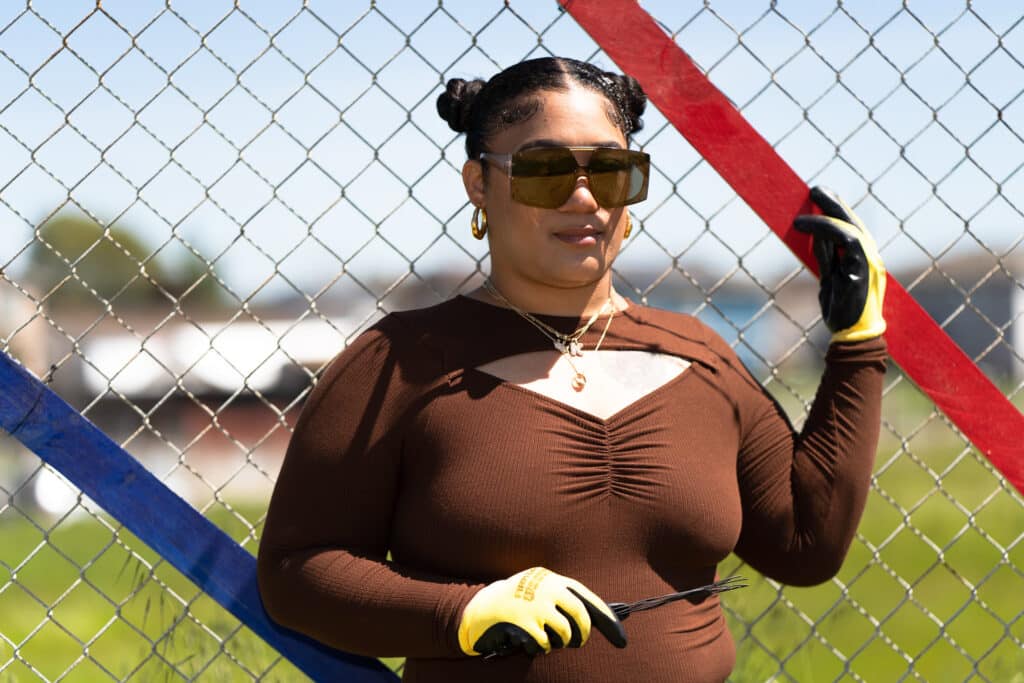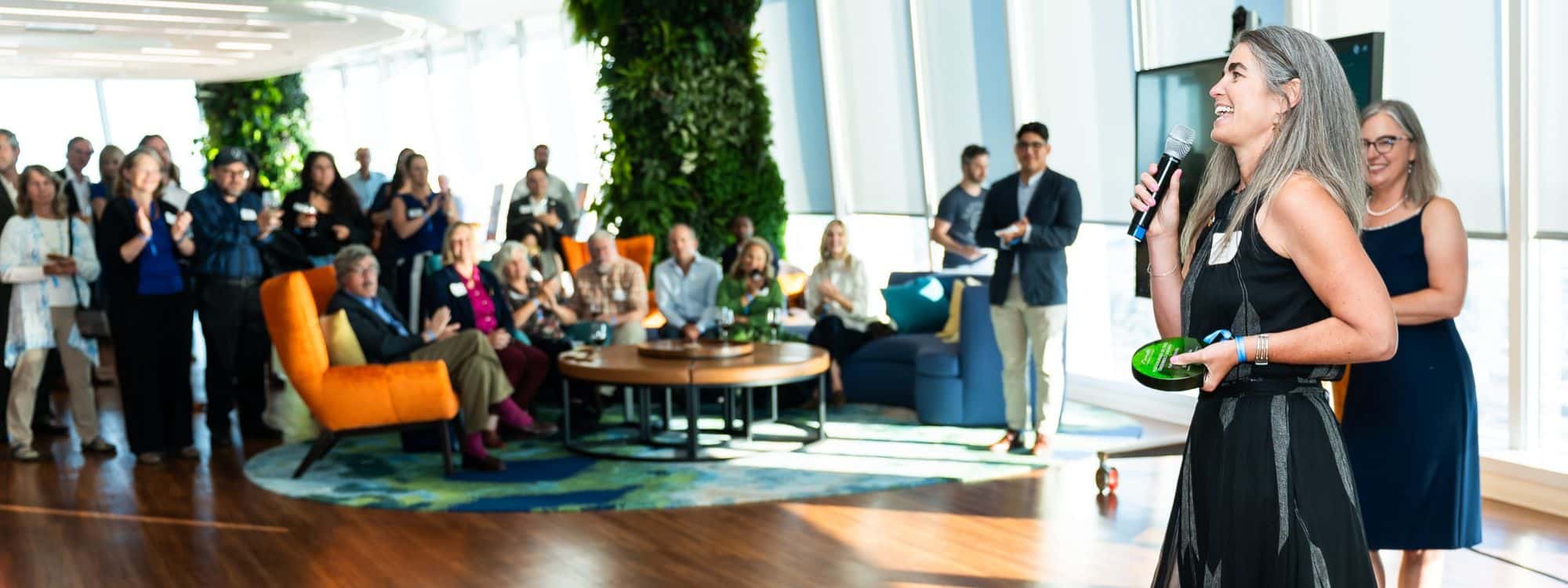Whether advancing green infrastructure, nature-based solutions or organizing for climate justice in their neighborhoods, there are many powerful examples of women spearheading policy change and climate actions to boost the Bay Area’s resilience to intersecting environmental crises. These women carry the legacy of the Bay Area’s historic environmental advocates and leaders, such as conservationist Dorothy Erskine who helped found Greenbelt Alliance over 65 years ago.
This Women’s History Month, we’re celebrating the women who have championed climate resilience in the communities identified in Greenbelt Alliance’s Bay Area Resilience Hotspots initiative. These are places where investing in people and leading with nature will change the trajectory of our region’s future so that people and ecosystems thrive.
Each in their own way, the following women have shown bold leadership and innovation in ensuring their communities and cities are resilient to the impacts of climate change for years to come.
Join us as we honor the visionary women working who are making a lasting impact on our region.
Just click the individuals’ names to learn more about them!
“There is no doubt that the San Francisco Bay National Wildlife Refuge will look much different 50 years from now than it does today‚—but one thing remains constant: the future of our Bay’s National Wildlife Refuge and the health of the Bay’s ecosystem, is are, and always has been, up to us, its dedicated supporters.” (Save Newark Wetlands)
Carin High has been at the forefront of a decades-long battle over the fate of Newark’s Area 4, the contentious site of a housing development proposed to be built on the southern Alameda shoreline. She has been involved with numerous wins over the past 30 years as part of her leadership in Citizens Committee to Complete the Refuge, Greenbelt Alliance’s Newark Resilience Hotspots community partner.
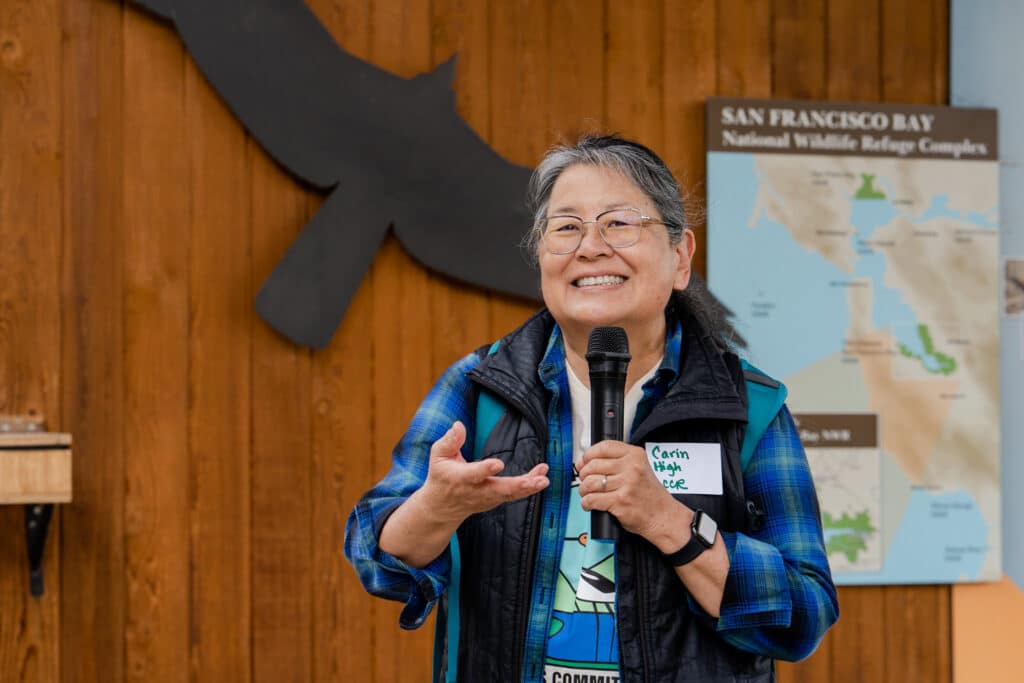
“North Richmond could be a great case study of how a poor community of mostly BIPOC residents can help transform their neighborhoods and landscapes to be greener and more resilient to the changing climate.” (North Richmond Hotspots Community Profile)
As the Executive Director of The Watershed Project, Juliana Gonzalez’s passion for protecting watersheds and working with low-income communities started early in her career. Originally from Colombia, Juliana worked on watershed planning policy development in the Andes before moving to the United States. For the last 17 years, first as The Watershed Project’s (TWP) Community Program Manager and then as their Executive Director, Juliana Gonzalez has led multiple community-based climate adaptation and mitigation restoration and planning efforts in Richmond and its neighboring communities.
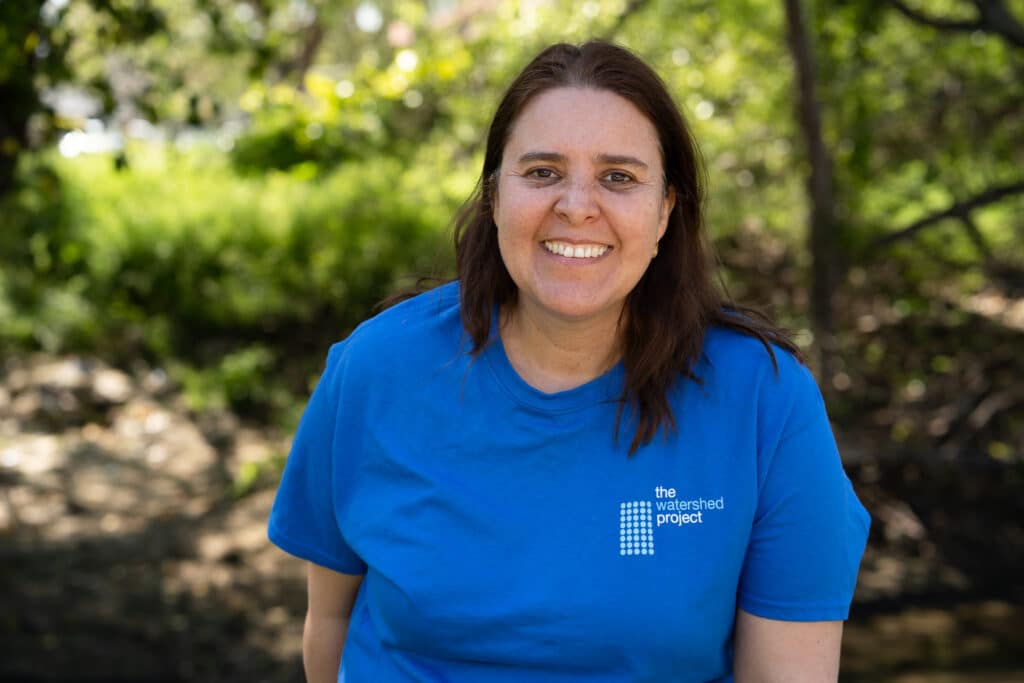
“Building strong partnerships with local leaders is vital not only for identifying climate risks, but more importantly, for advancing equitable and long-term climate solutions that are able to address pressing community needs while building a collective vision for the future. By connecting data with the lived experiences of local communities, we can build local resilience.”
As Greenbelt Alliance’s Director of Planning and Research, Sadie Wilson helped launch our Bay Area Resilience Hotspots initiative that she manages to advocate for climate-smart planning and policies for a more resilient Bay Area. Sadie brings her expertise in urban planning, equitable climate adaptation, and innovative public finance solutions to drive Greenbelt Alliance’s Hotspots work.
Her methodology brings rich data in collaboration with local partners to craft powerful climate solutions, and she has developed strong local partnerships with the organizations and leaders who are vital to driving this work forward over the long term.
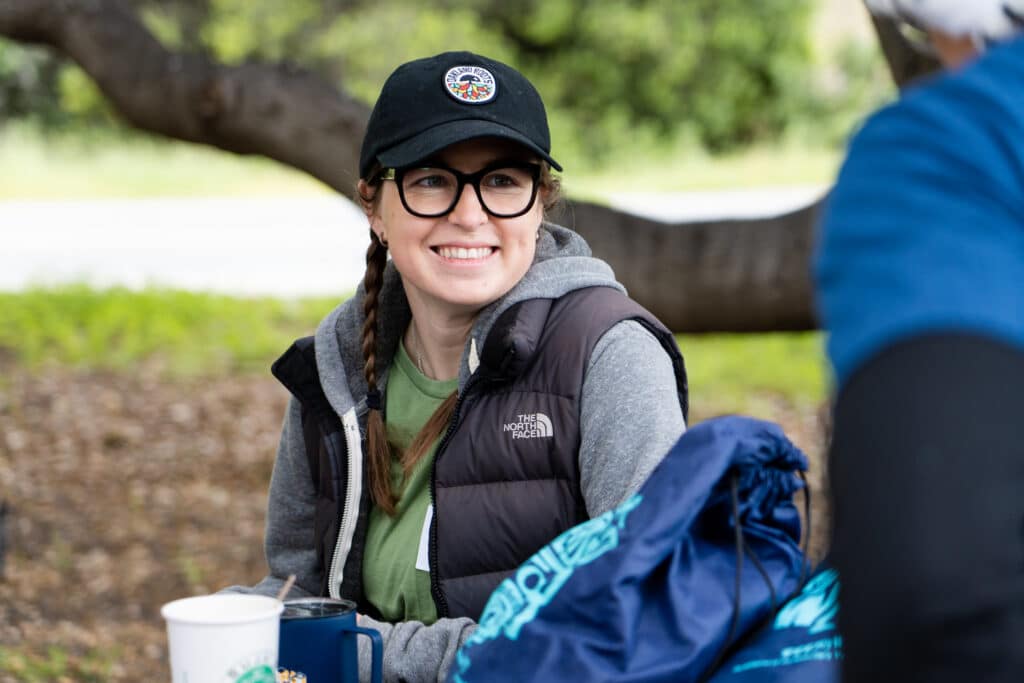
“We can’t keep doing what we’ve been doing, and Earth is telling us that every year in big ways—and we just are not listening. Laws and regulations around the Bay and within California are inadequate to protect these lands in the face of climate change; the laws have not grasped what is ahead for us” (KQED).
Jana Sokale works closely with the Citizens Committee to Complete the Refuge (CCCR) to protect and steward the southern Alameda shoreline. Her work with CCCR has worked to expand and protect the refuge along with San Francisco Bay’s broader natural ecosystems, protect vital habitat for wildlife, and promote opportunities for Newark and Bay Area residents to experience a connection to the Bay.
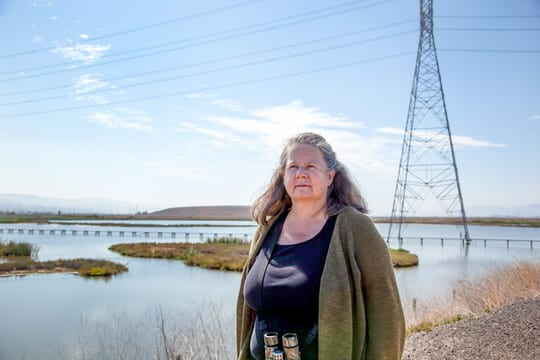
“Kids will be the ones leading our community in 15, 20, 30 years. And so we need to help them understand their role as individuals and how we all connect to our environment.” (Suisun City Resilience Hotspots Community Profile)
Mayor Alma Hernandez’s first official involvement in local politics was serving on Suisun’s Climate and Environment Committee. Now as Mayor, she chairs the Climate and Environment Committee, which incorporates constituent voices to foster climate resilience in the city.
In 2022, Suisun City received the Mayors’ Climate Protection Award for the Citywide Energy and Infrastructure and Efficiency Program. The U.S. Conference of Mayors recognized Mayor Hernandez for this work.
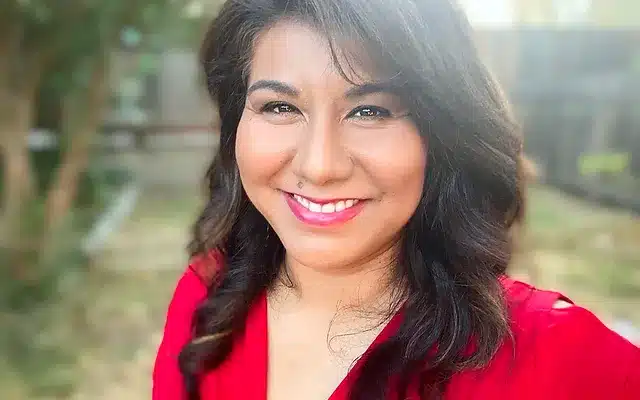
“People look to the Bay Area and to California as a place of innovation. We can pilot and test strategies that can be replicated elsewhere. I’m excited about the level of ingenuity and innovation we can achieve when we introduce nature into the recipe to chart our way forward.” (Hidden Hero of the Greenbelt film)
As the Fairfield-Suisun Sewer District (FSSD)’s Senior Environmental Engineer, Emily uses innovative nature-based infrastructure to benefit the region’s ecology and make it more resilient to climate change.
Emily became interested in water management while experiencing the power of water, rafting the Grand Canyon as a teenager. Eventually, her hydrology studies evolved into environmental engineering, and she began integrating green infrastructure into projects to benefit people and nature. At FSSD, Emily has integrated her nature-based approach into local engineering projects and regional resiliency planning efforts.
In 2023, Greenbelt Alliance recognized Emily Corwin for her nature-based climate resilience work and leadership as a Hidden Hero of the Greenbelt.
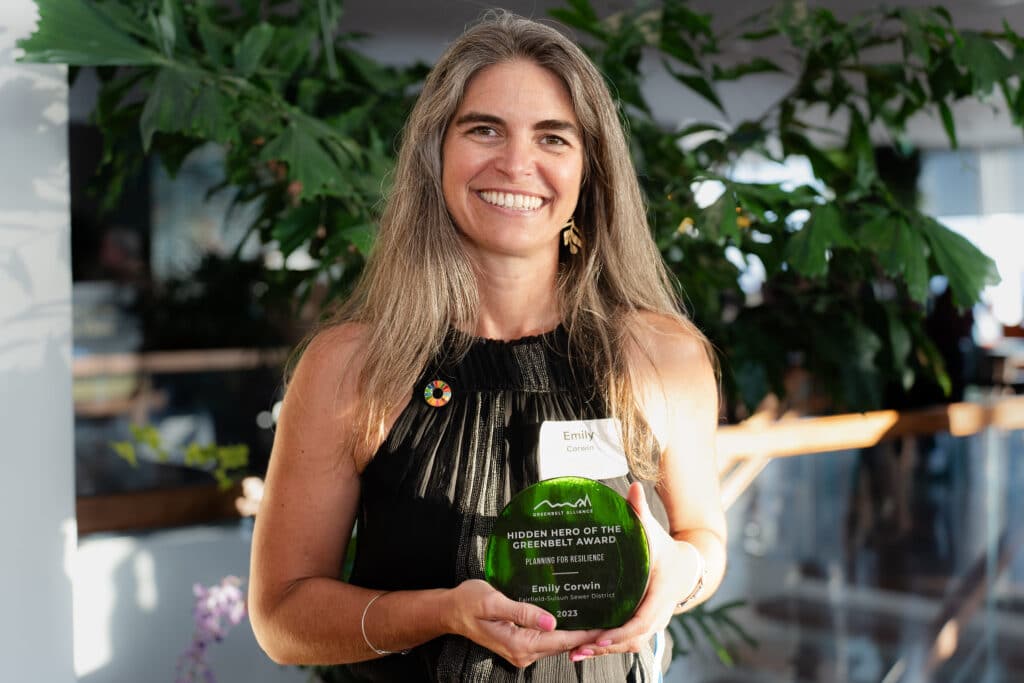
“We emphasize working with our community because we know that there aren’t necessarily systems in place to provide the kind of support and aid that these families and individuals need during a time of crisis.” (Southwest Santa Rosa Hotspots Community Profile)
As a first generation daughter of immigrants, Stephanie’s upbringing is rooted in Sonoma County’s unique culture and challenges. Through her work as the Executive Director at Latino Service Providers, Stephanie helps build bridges across generations in the North Bay and provides vital climate emergency and preparedness resources across the region, in addition to youth community development and education.
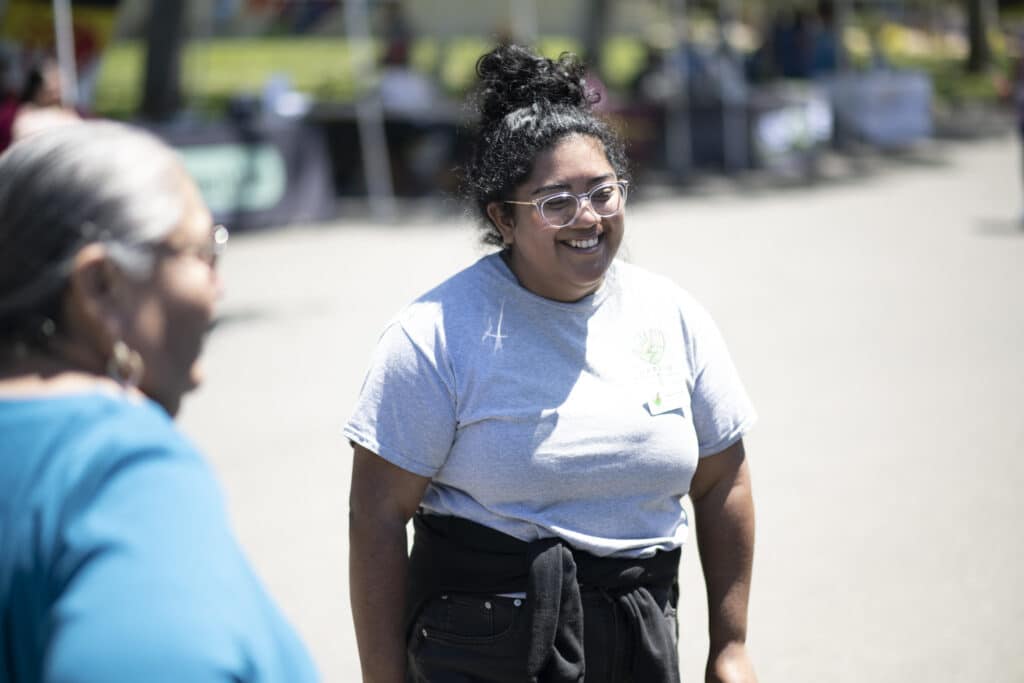
“I want to keep the legacy of community, resilience, Black Power, and decision making. I’m not the first person to pick up trash or plant a tree, but it’s part of my ancestry and giving to the legacy.” (North Richmond Hotspots Community Profile)
Princess Robinson is a self-described city girl who used to avoid getting in the dirt. Then in 2015, she was hired at Urban Tilth, a North Richmond-based network of urban farms and educational programs dedicated to building a more sustainable, healthy, and just local food system. Today, Princess channels her passion for community organizing into her new role at Cooperation Richmond, where she helps open new cooperative businesses for East Bay communities.
